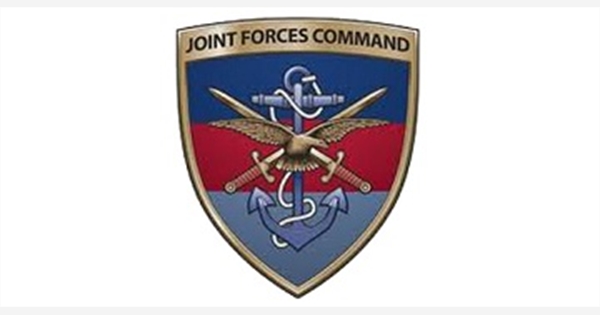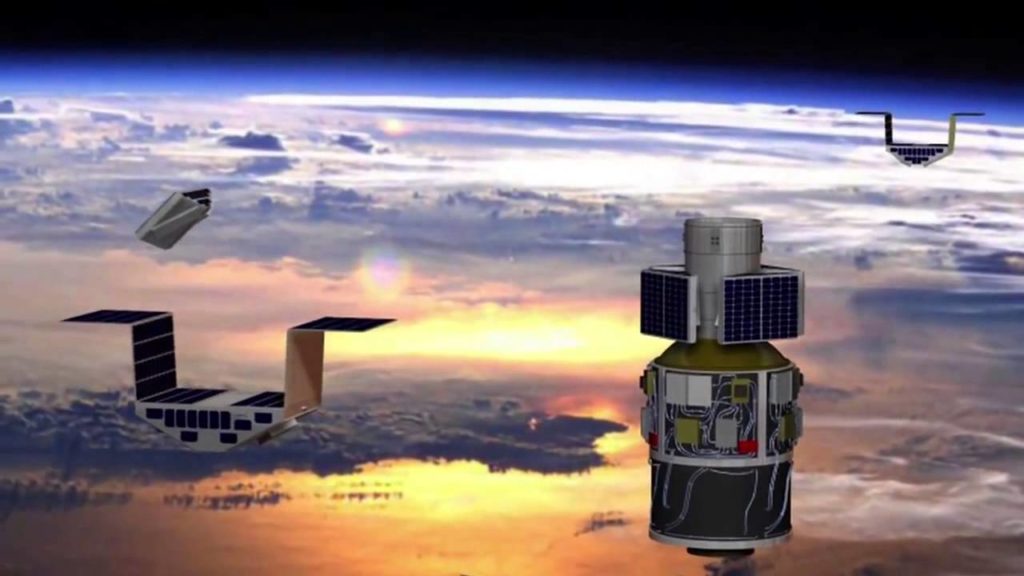
On the 18th July this year, just before being removed from her post, the then-Defence Secretary, Penny Mordaunt, announced a major change in the way the MOD approaches the overall task of planning for - and responding to - current and likely future threats to the UK and its Allies. The change involved renaming the present Joint Forces Command which is now the Strategic Command.
Joint Forces Command (JFC) was set up after a 2010 recommendation that a study be made into the best way for the UK “to manage and deliver specific joint capabilities and to take the lead on joint warfare development, learning from lessons and experimentation to advise on how the military should conduct joint operations in the future”. Initial Operating capability (IOC) was achieved by early 2012 and a year later the JFC was fully operational, led by a Four-Star officer.
The JFC was in some respects an attempt to decentralise the role of the MOD which, unlike many other national defence ministries, exercised a very high degree of direct control over the UK’s military assets. It took under command a number of directorates such as the SF and doctrinal development agencies and started to look at ways in which to rationalise the UK’s approach to defence in general, but also the way in which the three Services could work more effectively together – in other words to try to put more emphasis on the word “Joint”.
That said, the plan was still somewhat light on the question of advanced threats to do with cyber warfare and space. As the potential threats from these quarters gained traction, senior advisers started to look at the prospect of bringing together a tri-service response as part of a study to be carried out by the Defence Reform Unit.
Fast forward to the present, in July of this year Penny Mordaunt announced that the JFC woud be renamed the Strategic Command to reflect the changes that were to be made to the MOD’s overall approach to these modern threats which crossed too many service-boundaries to be considered the specific responsibility of the Navy, Army or Air Force.
Although the Navy and Air Force have yet to announce changes arising from their involvement in the new structures, though they have probably got something of a head start on the Army given that they are much more tech-oriented by the very nature of their equipment and operational environment. That said, the Army has stood-up the 6th Division again, as reported in the Military Times yesterday: https://www.themilitarytimes.co.uk/hm-forces/army-restructures-to-confront-evolving-threats/. The Division will be focused on intel and recce, though presumably in the context of evolving cyber warfare concepts rather than on what Cold War Warriors would understand by the use of those terms.
Space

The UK is already involved in the “space race” on a commercial basis, but has recently funded work looking into small satellites. Some £30m of defence funding has been provided to fast-track a small satellite demonstrator within 12 months.
According to Air Chief Marshal Sir Stephen Hillier, Chief of the Air Staff: “The small satellite demonstrator, which will be supported by a new transatlantic team of UK and US defence personnel, named Team ARTEMIS, will sit alongside a host of other programmes that will demonstrate the UK’s leading future role in space.”
An MOD statement explains: “ARTEMIS gives us the opportunity to grow skills, understand the military relevance of small satellites and responsive launch, and consider how to get space-based information to the warfighter in operationally relevant timelines, all of which are vital to ensure we stay ahead of the evolving threat.”
The plans also provide for the UK to sign up as the first overseas partner nation to Operation Olympic Defender, the US-led international project intended to establish some form of deterrence against “hostile actors”. According to published US Air Force documents, Olympic Defender is about the design, development, deployment, control and subsequent disposal of satellites within the context of a potentially hostile environment (US Air Force Space Command Instructions 10-120415 May 2014 Operations Satellite Operations).
With the revelations concerning the British company Cambridge Analytica still fresh in people’s memories, it is almost certain that the whole question of cyber-warfare and the control of vast reservoirs of sensitive data is going to be a major area of interest to all modern defence ministries. We predict that the UK will be announcing many more changes to the way in which our Armed Forces will be responding to this challenge as the new Cabinet team settle into their jobs.

Comments on The UK JFC is now called “Strategic Command”